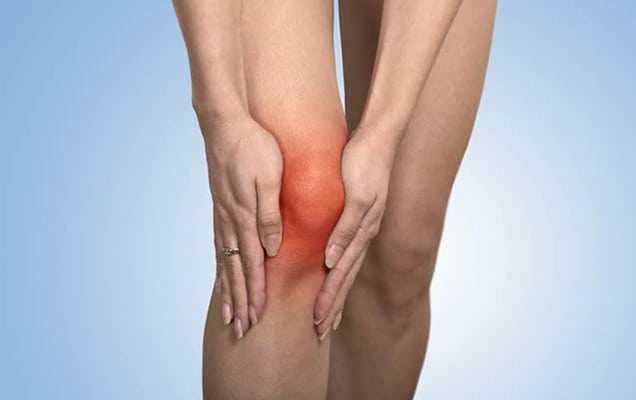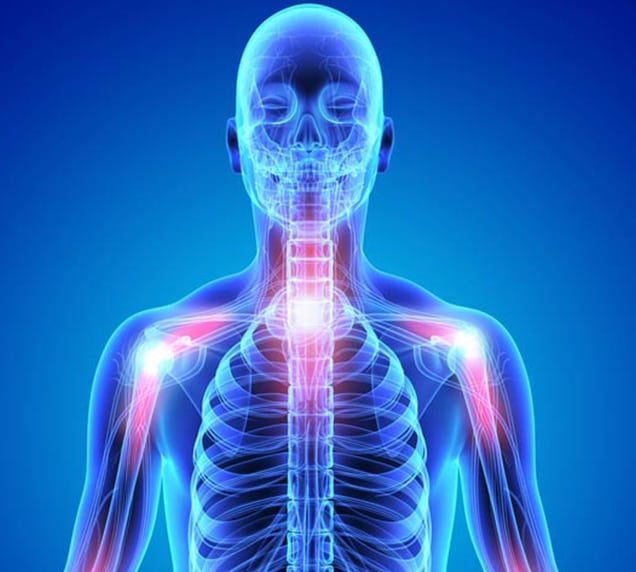
Joint instability can develop anywhere. Learn about the signs.
Instability of a joint refers to a lack of soft tissue support. The instability increases your risk of a displaced or dislocated joint, which can lead to an injury. The stability for your joints is delivered through an interconnected system of ligaments, muscles, and encapsulated fluid. These soft tissues work together to allow your joint to bend and flex. Although joint instability can occur in any of your joints, this condition is most common in the weight-bearing joints of the:
- Hip
- Knee
- Ankle
CONTACT US TODAY
Causes
Joint instability may result from congenital conditions or genetic disorders of the soft tissue and bone, as well as from frequent injury to the area. You can also develop joint instability due to degenerative diseases such as osteoporosis, osteoarthritis, rheumatoid arthritis, and immune system disorders. Once one joint is unstable, your body may compensate by shifting your gait. This can lead to instability of another joint.
Symptoms
The early symptoms of joint instability involve pain and difficulty with movement. You may find that you cannot play sports, walk, or run for as long or as fast as you used to do before the instability. As the damage to the joint worsens, you may have difficulty bearing weight, rotating, or flexing the affected joint. You may find it increasingly difficult to climb stairs, ride a bicycle, or do other activities that require your joint to bear weight at the same time as rotating or folding.

If the attached muscles or ligaments become stressed, they may tear, resulting in more pain and swelling. Your range of motion and flexibility will decrease considerably. You will also be at an increased risk of falling due to not being able to maintain your balance, even on carpeted or smoothly paved surfaces. Continuing damage may cause the joint to become out of place. The dislocation is very painful and will curtail your physical activities.
Treatments
Treatments for joint disability depend on the cause of the problem and the extent of damage to the soft tissues and bones. Your orthopedic specialist may begin by doing imaging studies such as an MRI and x-rays to find the source of the instability.
If you have a mild injury or the early stages of a bone or soft tissue disorder, you may be referred for physical therapy. In physical therapy, you will learn exercises and techniques to strengthen your soft tissues and protect yourself from falls.
You may receive medications to reduce pain and inflammation of the joint. If you have a degenerative disorder or vitamin deficiency, supplements of calcium, B vitamins, and vitamin D may help to slow the progression of the disorder.
An orthopedic surgery may also be needed to correct your joint instability. The orthopedic surgeon may be able to reconstruct a joint that has soft tissue damage or that has shifted out of place. Orthopedic surgeons can also rebuild cartilage or replace a severely damaged joint with an artificial joint. After surgery, you will go to physical therapy to rebuild strength, restore your flexibility, and regain your range of motion.
